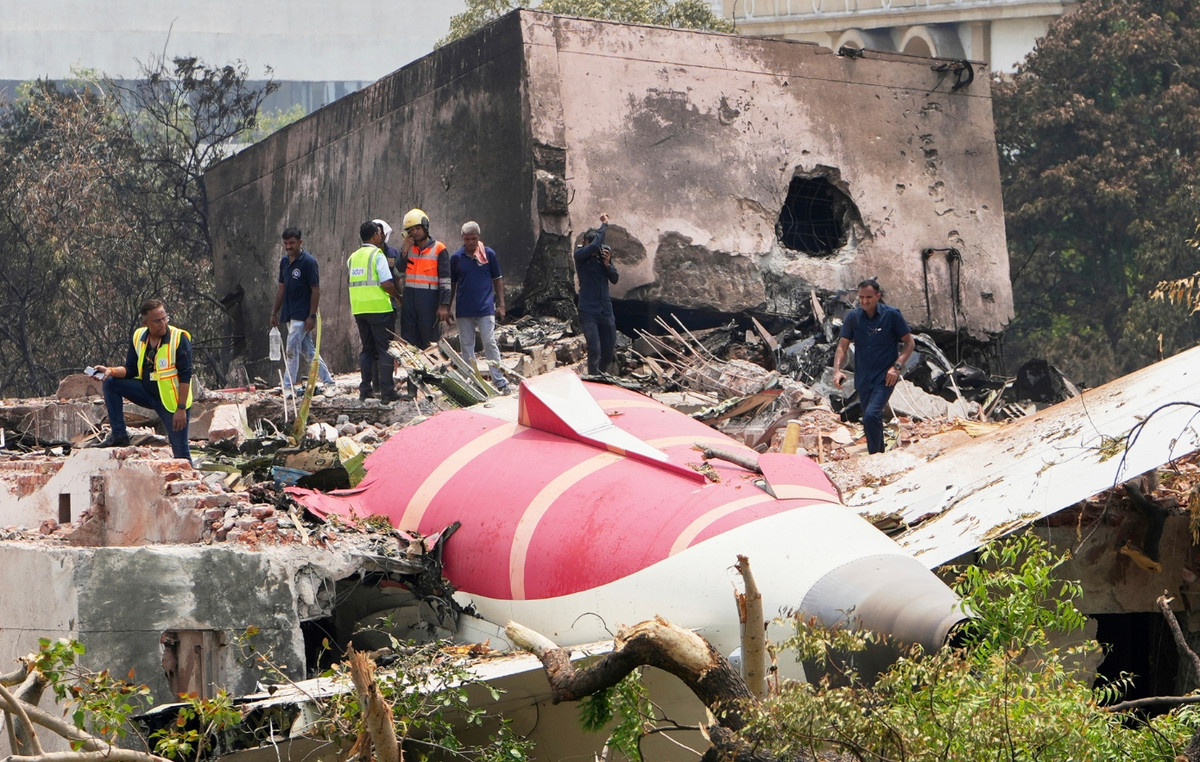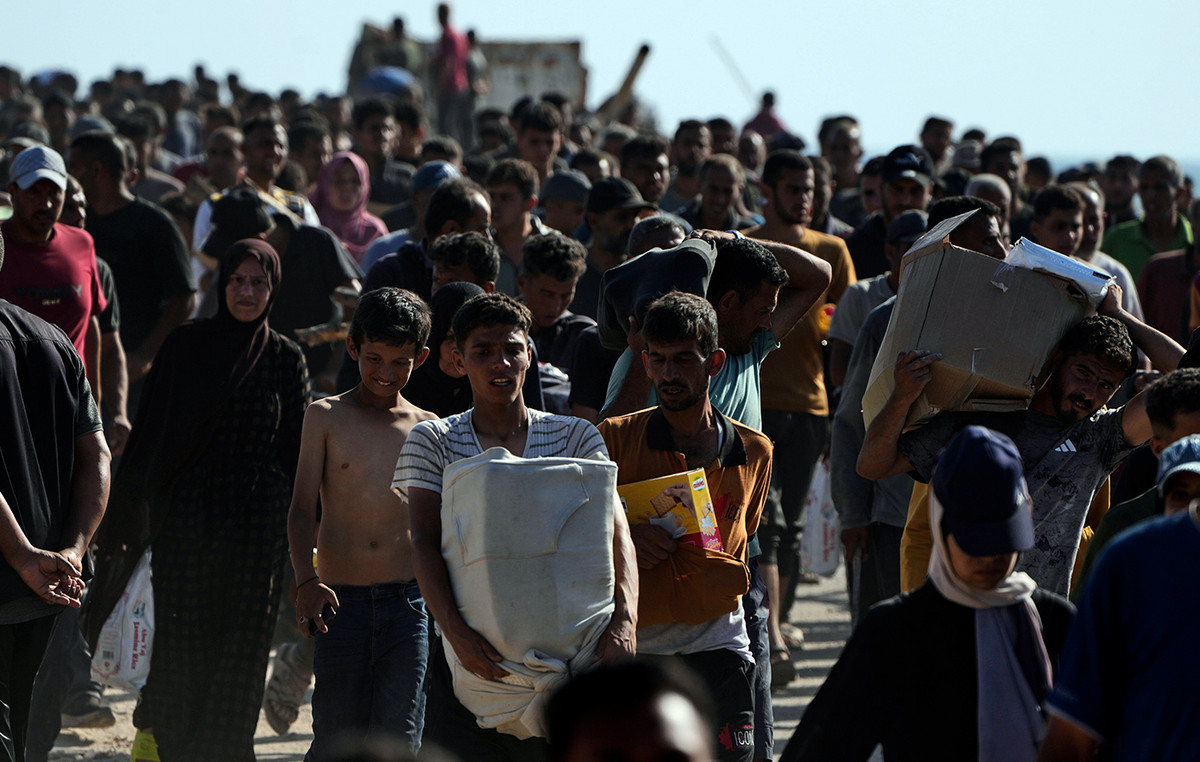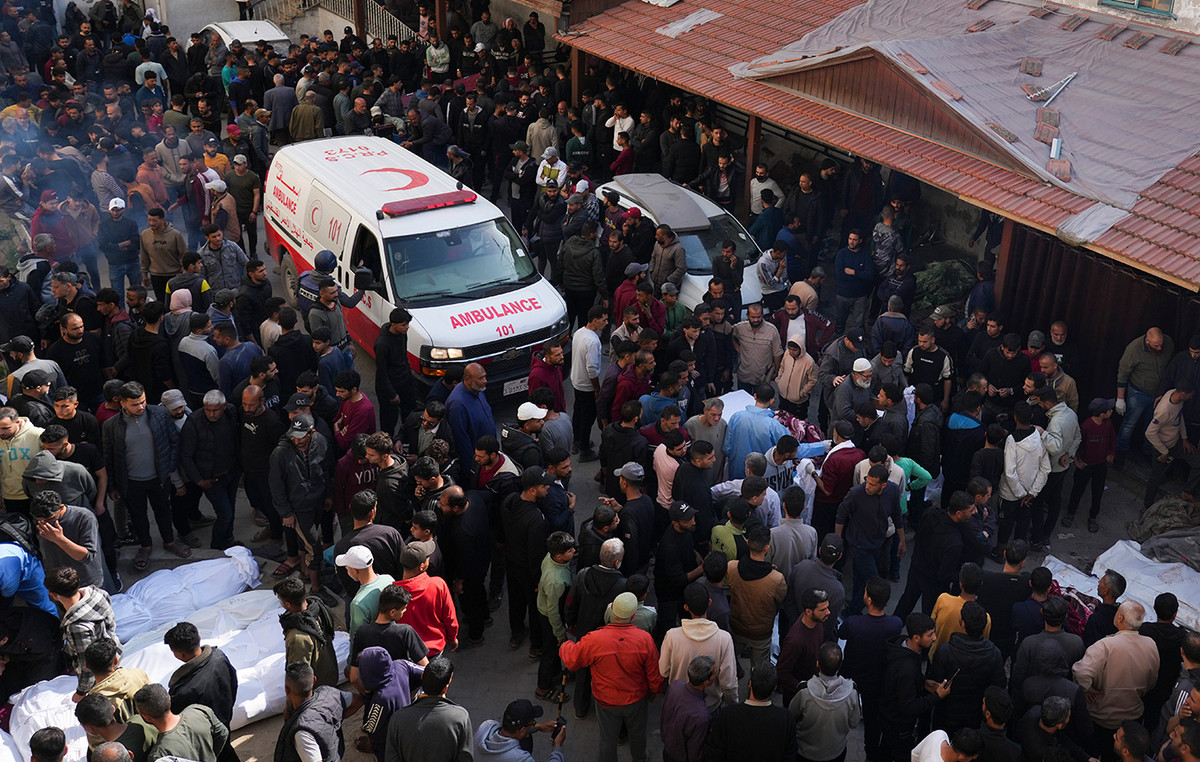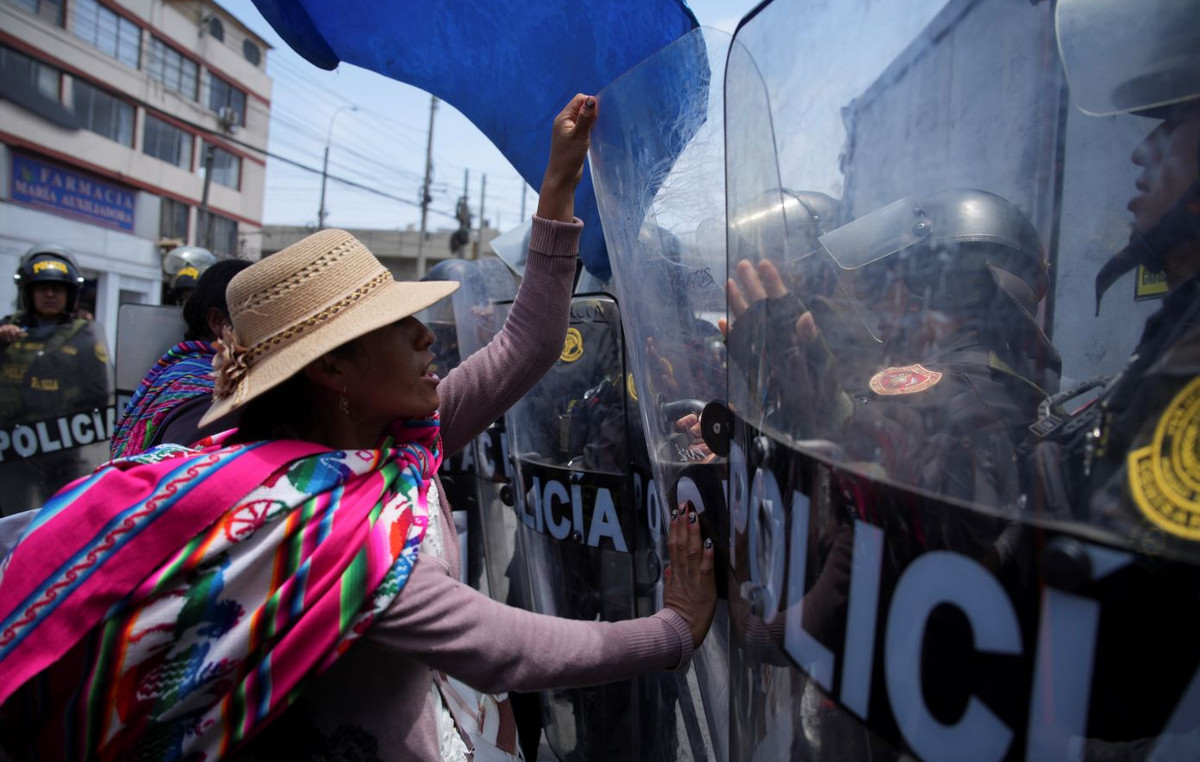In recent days, hikers were stopped trying to get on Marmolada and the accesses to other alpine routes have been closed. They are those considered most at risk. “The mountain is a wonderful environment, but intrinsically dangerous” explains the president of the Cai Central Hiking Commission Marco Lavezzo.
The Marmolada itinerary is mountaineering, not for everyone, but hiking is a widespread and healthy activity. Many practice it, but you have to be aware of what you have around you and your abilities.
What is the difference between hiking and mountaineering? Hiking has mid-mountain guides, mountaineering mountain guides. Hiking ends where there are difficulties classified beyond EE (Expert Hikers), for example EEA (Expert Hikers with equipment) where helmets, harnesses, carabiners are needed. The hiking trails are marked T, for tourism, and E, for hiking, which requires a certain sense of orientation, as well as a certain experience and knowledge of the mountainous territory, walking training, as well as suitable footwear and equipment.
What goes beyond these classifications is mountaineering: EEA – F (Easy via ferrata), EEA – PD (Easy via ferrata), EEA – D (Difficult via ferrata). Hiking does not take place on an environment such as the glacier because you need the knowledge of maneuvers that is beyond the skills of hiking. For example, the Marmolada route is a PD route.
«The first rule is that of prudence, you have to be aware of where you are and of your actions. In the mountains there are objective dangers and subjective dangers. Among the first there is the mountain itself, but also the changing weather, a summer storm can lower the temperature, an intense rain can swell a stream that we may have crossed in the morning without even getting our feet wet, a stone yes can detach from a slope. The mountain environment can be severe if a person does not know how to face it with the right awareness »explains Lavezzo.
You always need the right equipment and you never leave alone. “We must be aware because those who do not know him do not see the danger. It is necessary to know how to recognize the danger, even in an excursion that some might define banal. In common feeling, one thinks of the easy ride, the one that everyone does, but it is always necessary to ask oneself what one’s preparation and experience are, but also the training ».
Three factors need to be considered:
– the human factor
-the terrain
-the weather
I have to consider them at definite moments:
– at home at the time of preparation
-on site
-during the excursion
The human factor involves an adaptation to the weakest of the group and an analysis of each person’s skills and training. The land should be checked for trees, clearings, escape routes, fountains. Maps and maps of the area must be obtained from reliable sources. As for the weather, it has to be checked because an incoming disturbance, even a small one, must make me give up.
In the event of an accident, even a slight one, it is advisable to call for help. The single European number is 112, but 118 also answers. The emergency numbers work even with little signal, otherwise a person in the group can move to call. Better a false alarm than a missed alarm. The CAI has a rescue app for mountain rescue that tracks the path and even if the signal is weak it allows you to identify the area in which a person is.
– Marmolada, «It is almost impossible that they are alive». What to do now?
– Marmolada, who are victims and missing
Source: Vanity Fair







